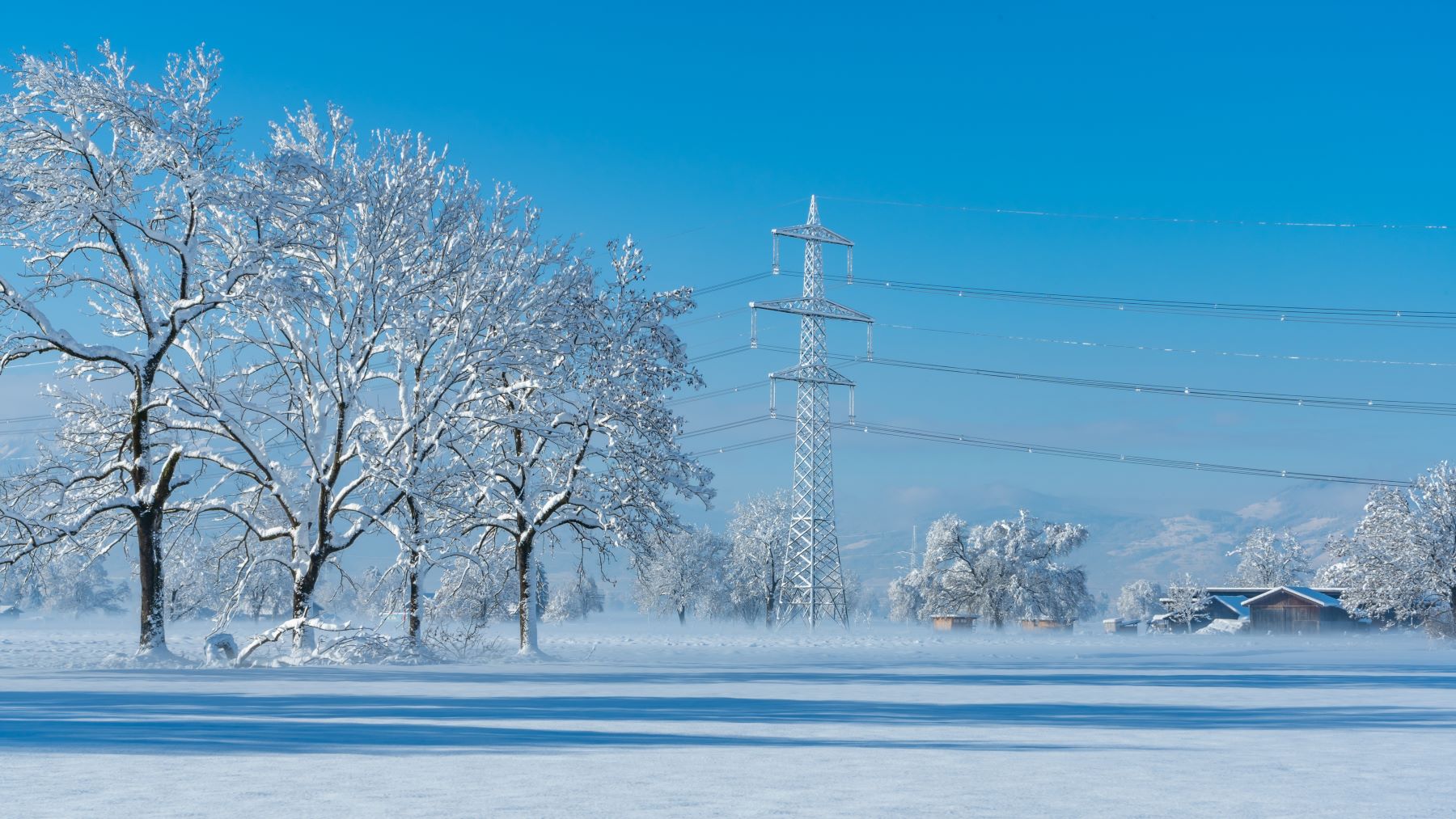
Exploring Winter Emergency Power Solutions
As the snow settles and temperatures continue to drop, having a trustworthy winter emergency power setup is more important than ever. We all know that winter introduces harsh and unpredictable weather that can strain the electrical grid. Winter storms can hit without warning, and when they do, power outages are often right behind them.
Snow, ice, and freezing temperatures place immense pressure on power lines and often cause them to fail. Without a backup power system, this can leave homes and businesses without power for hours - or even days at a time. As the cold weather continues to set in, the stakes soar even higher. Losing power and your source of heat can lead to serious consequences.
This is why having a go-to emergency power source isn’t just a convenience, it’s an absolute necessity. Whether you're trying to keep your business running smoothly or keep your home cozy and safe, the right emergency power setup can provide you with peace of mind when the lights go out unexpectedly.
In this article, we'll explore how emergency power equipment can keep you safe, warm, and productive all winter long. Our team of electrical experts will also share some of our top power solutions to help you stay powered, no matter what winter throws your way!
The Risk of Going Without Winter Emergency Power
As the chill of winter takes over, we rely heavily on our heating and lighting systems to stay comfortable. This spike in demand puts pressure on the electrical grid, and as ice builds up on power lines it can slow down the transmission of electricity or cause the lines to snap. When this occurs, it can cause widespread power outages and leave entire communities without electricity.
To make matters worse, losing power in the winter can quickly go from a minor inconvenience to a major disaster. For instance, imagine a frozen pipe bursting. It can cause serious water damage and wreak havoc on property. That’s why having access to reliable winter emergency power is important to protect you from the long-term damage that winter storms can bring.
Protecting Your Home or Business with Winter Emergency Power
When a power outage hits, having a winter emergency power system is a game changer. However, there’s a big difference between the type of equipment needed to power a home and a business during a blackout. Your home might only need to keep lights, heat, and basic appliances running, but a business depends on much more power-hungry equipment to stay operational.
Residential Backup Power
For a typical home, the power requirements during a blackout are pretty simple. Most homeowners depend on appliances like lights, HVAC systems, and refrigerators to stay comfortable. Depending on the size of your home and the number of appliances being used, homes generally use 5kW to 20kW of backup power.
Residential backup power is provided by portable or standby generators, which run off a diesel, propane, or gasoline fuel source. These power systems use a transfer switch to swap your home from running off utility to generator power during an outage.
Transfer switches, such as our 30A 10-Circuit G2 Manual Transfer Switch Kit also do a great job preventing dangerous back feeding into the utility grid. By making sure that the electricity produced by your generator doesn't interfere with the grid, it helps to ensure that utility workers stay out of harm’s way.

Commercial Backup Power
If you operate a large commercial business, you already know that your electrical needs are a lot higher than your average household’s. For this reason, your backup power setup will be significantly more complex than a residential one.
Businesses depend on high-capacity generators powered by gas or diesel, battery storage systems, cable assemblies, and power distribution units. These components work together to provide you with a steady, uninterrupted stream of electricity where it’s needed most.
Just like residential power systems, large-scale emergency setups rely on a transfer switch to shift your business to a backup power source and prevent back feeding. However, industrial transfer switches are much larger and have more complex wiring and configurations to support your heavy-duty electrical demands.
The Flow of Electricity in Industrial Power Systems
In an industrial power system, a generator is connected to a Generator Docking Station (GDS) using series 16 camlocks. This allows the GDS to draw electricity into its enclosure before using bus bars to transfer power out of its enclosure to downstream equipment. Next, the electrical current flows through electrical wires to the transfer switch. Finally, the power flows through a distribution panel before entering your building’s circuits to power lights and appliances.
Get a jump start on winter preparedness by securing your emergency power solutions before the power goes out. If you need assistance or have questions about selecting the right backup system for this season, feel free to reach out via the live chat at the bottom of this page! We're always here to help.

 CALL OR TEXT NOW 800-597-9311
CALL OR TEXT NOW 800-597-9311
Leave a comment